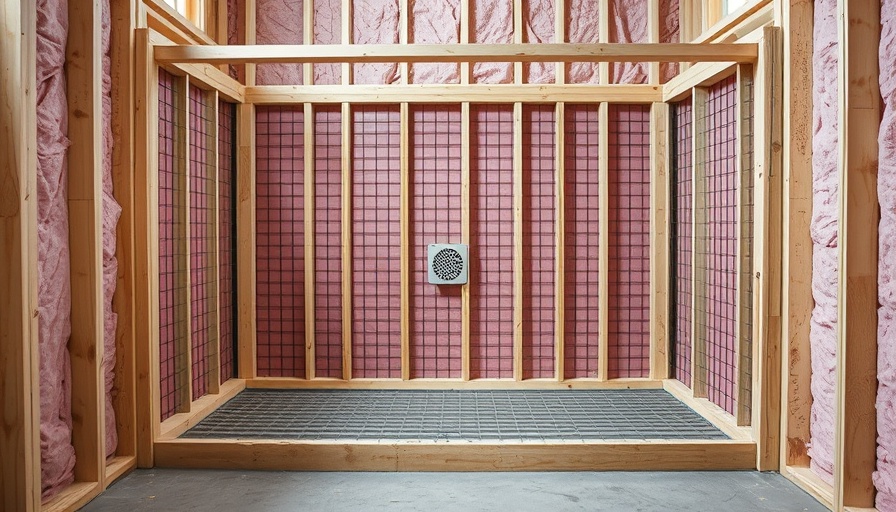
Customizing Your Shower Experience: The Benefits of DIY Shower Pans
While store-bought shower pans may be convenient, creating a custom shower pan allows for greater flexibility in both design and functionality. DIY shower pans can be tailored to fit unique dimensions, ensuring they not only look great but also serve your household's practical needs. Customization extends beyond mere aesthetics; it incorporates factors like size, shape, and the type of materials used, which can all contribute to a more comfortable and efficient shower experience.
Understanding the Basics: What Makes Up a Shower Pan?
A shower pan, also known as a shower base, is crucial for directing water toward the drain, preventing leaks, and maintaining a dry subfloor. Most commonly, shower pans are constructed from a durable mortar base topped with tiles. This traditional method lends itself to creativity, allowing homeowners to select materials that match their bathroom decor. Knowing the basic components of a shower pan—such as the pre-slope, waterproof liner, and top slope—is essential when embarking on a DIY project.
A Step-by-Step Guide to Building Your Shower Pan
Constructing a shower pan may seem daunting, but breaking it down into steps can simplify the process. Start by measuring your shower space accurately; ample attention is needed to ensure the correct dimensions, especially if you want to add curves or unique angles. After framing the shower pan with appropriately sized boards, use a layer of tar paper to provide protection against water damage. Next, apply the pre-slope followed by the waterproof liner, and finish with a top slope layer. Finally, complete the pan with tiling to achieve that elegant look.
Tools of the Trade: What You'll Need for Your Project
Before you begin crafting your shower pan, gather your tools. Essential items include a circular saw for cutting boards, a mix tray for mortar, a flat trowel, a level to ensure even surfaces, and, of course, your tiles. Each tool plays a vital role in ensuring that your shower pan is durable and beautifully constructed. Depending on your personal preference, you may choose materials like ceramic or porcelain tiles for the finish.
Maintenance and Long-Term Care: Ensuring Longevity
Once installed, a shower pan requires regular maintenance to ensure it continues to function optimally. It’s essential to check for any signs of wear along the grout lines and the waterproof liner periodically to prevent potential leaks. Proper cleaning and sealing can prolong the life of both your shower pan and the tiles, reducing the necessity for costly repairs in the future.
Conclusion: Take the Plunge into DIY
Building a shower pan may be a labor-intensive endeavor, but with a bit of preparation and know-how, it can also be a rewarding one. The satisfaction of having a shower that perfectly meets your needs and preferences cannot be understated. So why not embark on this home improvement journey? Not only will it elevate your bathroom's aesthetic, but it will also provide you with a functional area tailored just for you.
 Add Row
Add Row  Add
Add 


Write A Comment